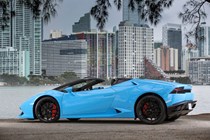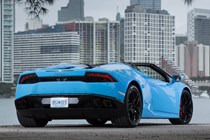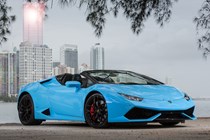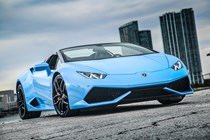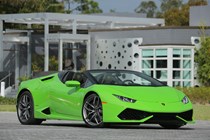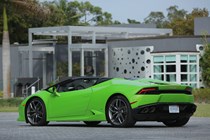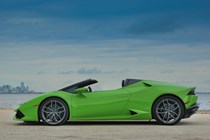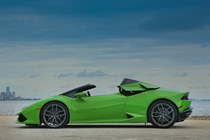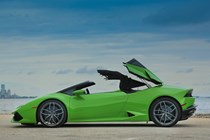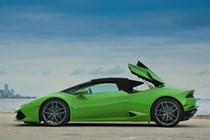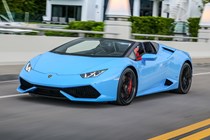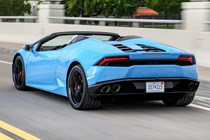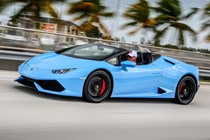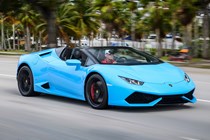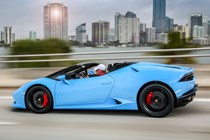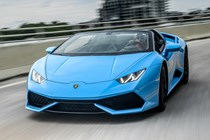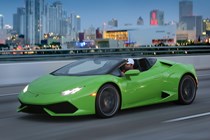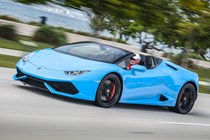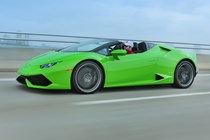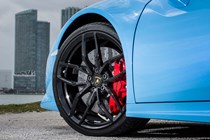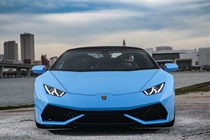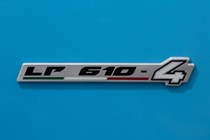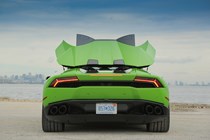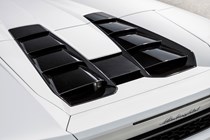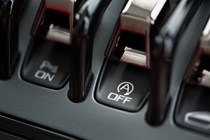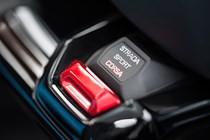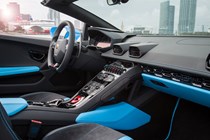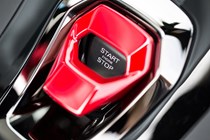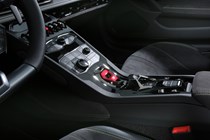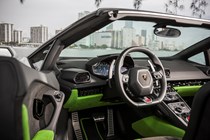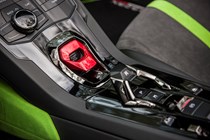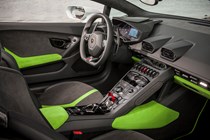
Lamborghini Huracan Spyder running costs and reliability
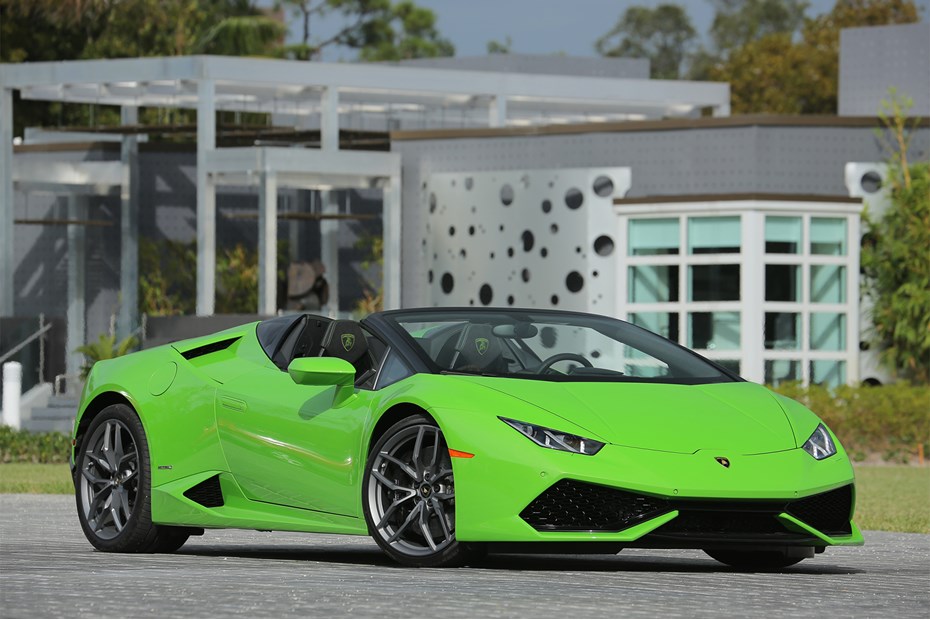
Miles per pound (mpp) ⓘ
| Petrol engines | 2.8 - 3.0 mpp |
|---|
Fuel economy ⓘ
| Petrol engines | 19 - 20.3 mpg |
|---|
With a 5.2-litre V10 petrol engine and no assistance from turbochargers, fuel, insurance and tax costs for the Huracan are going to be mind-bendingly high. Any Lamborghini won’t be cheap to service or maintain either.
But actually, buyers of cars like these won’t be in the slightest bit bothered about high running costs.
One thing in the car’s favour is the relatively large 87-litre fuel tank, which means it’ll go further between fill-ups than some rival machines. With a claimed average fuel economy quoted at 22mpg and the reality being lower than 10mpg if you’re using the engine to its full potential, you’re going to appreciate that.
There’s no easy way of saying this. With a CO2 output of 290g/km, the Lamborghini Huracan is not the car to buy if you’re worried about emissions. All of its rivals are better in this respect, though it’s possible a convertible version of the R8 could be around the same level. It’s set to use the same engine, after all.
While typically Italian thoroughbred sports cars haven’t exactly been famed for their reliability, the Lamborghini Huracan Spyder is based on architecture shared with the Audi R8, and that firm is well-known for building cars that last very well indeed.
Ongoing running costs
| Road tax | £620 - £760 |
|---|---|
Get an insurance quote with

|
|



